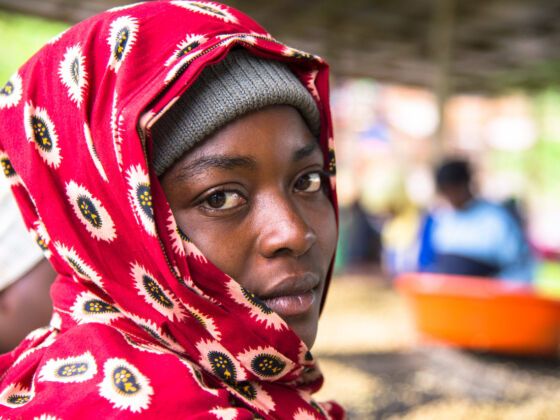“I am the un-missionary…beginning each day on my knees, asking to be converted. Forgive me, Africa, according to thy multitude of mercies.”
– The Poisonwood Bible, by Barbara Kingsolver
“How long have you known the Lord?” a young parishioner asks me after my first Sunday service at my host family’s church. I just explained to church members why I’m in Rwanda. “East African Politics,” I said, because it’s easier than nonchalantly dropping the phrase “genocide studies” into conversation, especially in a church.
